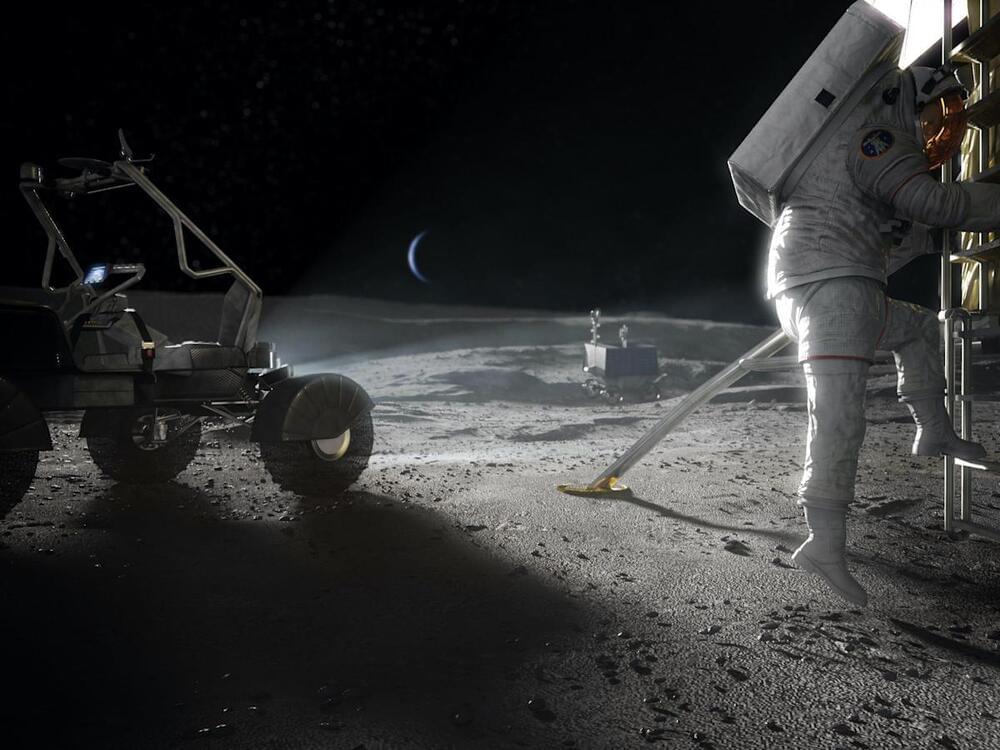If the properties of materials can be reliably predicted, then the process of developing new products for a huge range of industries can be streamlined and accelerated. In a study published in Advanced Intelligent Systems, researchers from The University of Tokyo Institute of Industrial Science used core-loss spectroscopy to determine the properties of organic molecules using machine learning.
The spectroscopy techniques energy loss near-edge structure (ELNES) and X-ray near-edge structure (XANES) are used to determine information about the electrons, and through that the atoms, in materials. They have high sensitivity and high resolution and have been used to investigate a range of materials from electronic devices to drug delivery systems.
However, connecting spectral data to the properties of a material—things like optical properties, electron conductivity, density, and stability—remains ambiguous. Machine learning (ML) approaches have been used to extract information for large complex sets of data. Such approaches use artificial neural networks, which are based on how our brains work, to constantly learn to solve problems. Although the group previously used ELNES/XANES spectra and ML to find out information about materials, what they found did not relate to the properties of the material itself. Therefore, the information could not be easily translated into developments.




